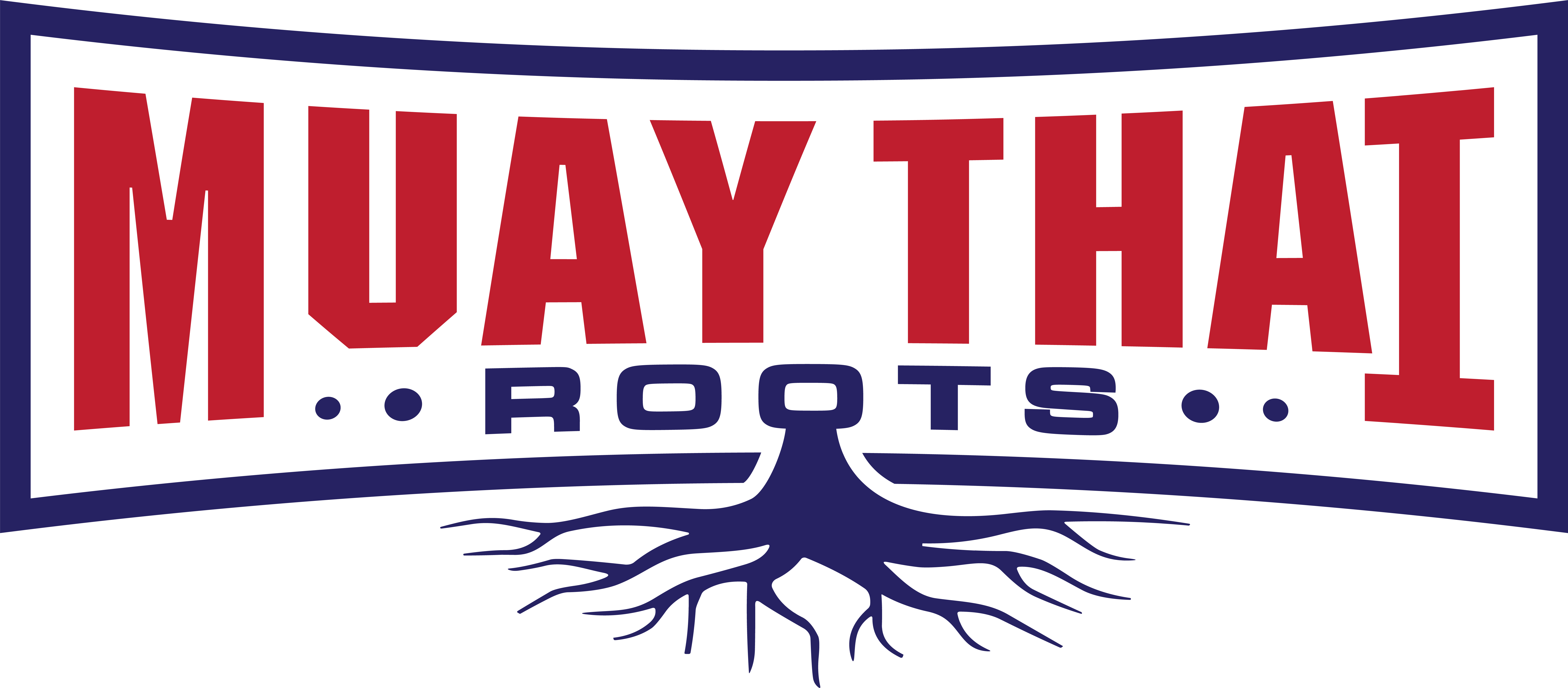Combat sports are about more than just throwing punches and kicks—they're about technique, mindset, and resilience. One of the biggest battlegrounds where styles like Muay Thai and Kickboxing clash is in how they treat shin conditioning and pad work. Whether you're hammering kicks in a Bangkok gym or throwing high-speed combos in a Western-style dojo, the way your shins and pads are trained can completely shape your fight game.
Let’s break down how Muay Thai vs Kickboxing impacts shin toughness and pad training—and what that means for your journey as a fighter.
Introduction to Combat Sports Culture
Muay Thai and Kickboxing Origins
Muay Thai, often called the “Art of Eight Limbs,” comes from Thailand. It emphasizes the use of fists, elbows, knees, and shins. The sport is steeped in tradition, and it's as much about respect and discipline as it is about striking.
Kickboxing has a different origin story. It developed in Japan and the United States in the 1960s and ’70s, combining elements of Karate and Western boxing. The style is faster-paced, with an emphasis on punches and kicks—without the elbows and clinching you'll see in Muay Thai.
Why Shin Conditioning & Pad Work Matter
In both disciplines, the shin is more than just a tool—it’s a weapon. The way you condition it determines how much damage you can give (and take). Likewise, pad work is where fighters sharpen reflexes, build rhythm, and simulate real-time pressure.
Core Fighting Styles and Techniques
Elbows, Knees, and Clinch in Muay Thai
Muay Thai doesn’t just teach you how to strike—it teaches you how to dominate in close quarters. Fighters learn to elbow, knee, and clinch with precision. These techniques demand a body that's been hardened through repetitive contact, especially in the shins.
High Kicks and Speed in Kickboxing
Kickboxing fighters train to move fast and strike clean. While low kicks are part of the strategy, you’ll often see more high kicks, spinning techniques, and fluid footwork. The style is less about breaking your opponent down and more about outmaneuvering them.

Shin Conditioning: Muay Thai vs Kickboxing
Traditional Muay Thai Conditioning Methods
At gyms like those featured on https://muaythairoots.com, fighters condition their shins using intense, time-tested methods. These include:
-
Kicking heavy banana bags hundreds of times per session
-
Sparring with minimal padding to simulate real fight impact
-
Using Thai oils and massages to reduce swelling and bruises
This toughens the shin through microfractures, eventually building into bone density that can deliver—and absorb—devastating low kicks.
Kickboxing Shin Training Differences
In kickboxing, shin training is often approached with more caution. Fighters use:
-
Padded shin guards during most training sessions
-
Controlled sparring and drilling
-
Emphasis on footwork and combination accuracy
The goal is still to condition the body, but with a higher priority on longevity and safety.
Pain Tolerance & Bone Toughening
Muay Thai fighters tend to develop a higher pain threshold. Their shins aren’t just conditioned physically but also mentally. Kickboxers still build resilience, but often in a less brutal way, focusing more on precision and flow.
Pad Work Variations Between the Two
Muay Thai Focus on Timing, Power, and Rhythm
Pad work in Muay Thai feels more like controlled chaos. Trainers often mix in elbows, teeps, and counters. Fighters are expected to:
-
Go full power
-
Flow through combinations without pause
-
Include knees and clinch entries mid-round
This approach mimics the rhythm and intensity of a real fight, teaching both reaction time and grit.
Kickboxing Pad Drills and Speed Combinations
Kickboxing pad drills are clean and sharp. They often focus on:
-
Speed and accuracy
-
Volume striking
-
Punch-kick combinations with dynamic footwork
Sessions are generally more structured with short, explosive drills.
Fighter Psychology and Pain Threshold
The Mental Game Behind Conditioning
Shin conditioning isn’t just a physical battle—it’s psychological. In Muay Thai, pushing through pain is part of the culture. A bruised shin isn’t an excuse—it’s a rite of passage.
How Fighters Push Through Shin Pain
The mental edge is built from consistent repetition. Fighters rely on:
-
Rest, ice, and Thai massage oils
-
Gradual progression in impact levels
-
Controlled sparring that still demands intensity
Over time, both the body and mind become resilient, allowing fighters to perform under pressure.
Training Tools and Equipment
Pads, Bags, and Shin Guards
Training gear differs based on the style:
|
Equipment |
Muay Thai |
Kickboxing |
|
Shin Guards |
Thin or none in sparring |
Mandatory and thicker |
|
Training Pads |
Heavy Thai pads |
Focus mitts and kick pads |
|
Bags |
Long banana bags |
Shorter heavy bags |
|
Gloves |
8–10 oz for pad rounds |
12–16 oz for protection |
Differences in Gear Used by Muay Thai and Kickboxing Gyms
Muay Thai gear is built for durability and power, while kickboxing equipment leans more toward agility and flow. If you want to explore Muay Thai gear firsthand, check out what's featured on https://muaythairoots.com for traditional and modern training setups.
Real Fighter Testimonials
Fighters Who Switched Between Styles
Plenty of fighters have transitioned between the two disciplines, and many report the same thing: Muay Thai’s shin conditioning is next level.
"Coming from a kickboxing gym, I thought I was tough—until I trained Muay Thai in Thailand. After two days, I couldn’t even walk without limping," said one amateur fighter who made the switch.
Pros and Cons They Experienced
Muay Thai:
-
Unmatched shin strength
-
Better control in clinch and mid-range
-
More wear and tear over time
Kickboxing:
-
Sharper footwork and movement
-
Greater focus on clean technique
-
Less exposure to long-term impact injuries
FAQs
1. Is Muay Thai shin conditioning safe?
Yes, when done progressively. It’s about repetition and proper recovery, not injuring yourself on day one.
2. Do kickboxers ever reach the same shin durability?
They can, especially if they incorporate Muay Thai-style bag work and pad training into their routines.
3. What's a beginner-friendly way to start shin conditioning?
Begin with 100 low kicks on a heavy bag daily. Focus on technique, not speed. Increase slowly.
4. Do Muay Thai fighters really train without shin guards?
Many advanced fighters do. It builds pain tolerance and simulates the feel of an actual fight.
5. Which builds stronger shins faster: Muay Thai or Kickboxing?
Muay Thai, hands down. Its training is designed for shin hardening from the ground up.
6. Can you combine Muay Thai and Kickboxing styles?
Absolutely. Many modern fighters blend both to get the best of both worlds.
Conclusion: Which Style Builds Tougher Fighters?
In the battle of Muay Thai vs Kickboxing when it comes to shin conditioning and pad work, Muay Thai takes the edge for raw toughness and traditional grit. But kickboxing isn't far behind—it offers cleaner technique, faster footwork, and more structure.
For those training in either discipline, or blending both, understanding these differences helps you choose the right path to evolve your fight game.
To explore more authentic Muay Thai content, training gear, and roots of the sport, visit https://muaythairoots.com.





